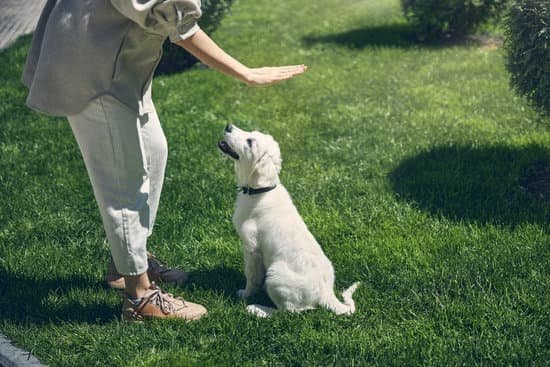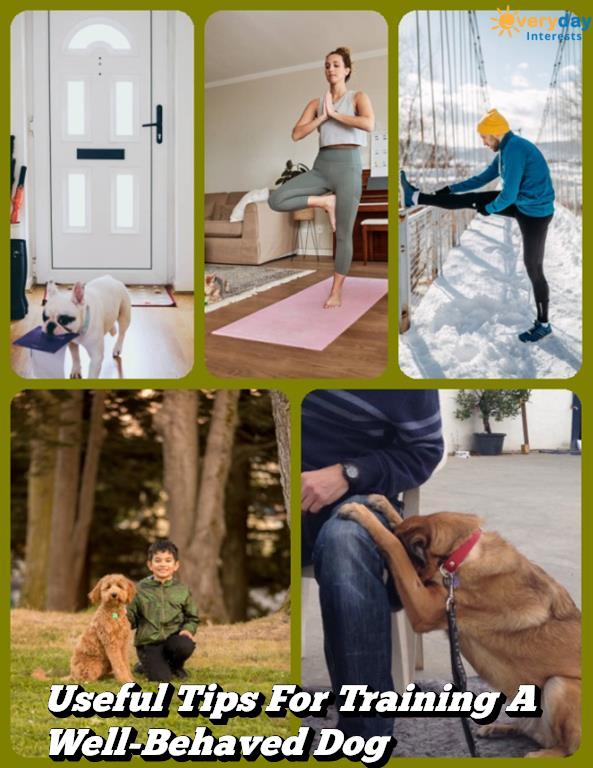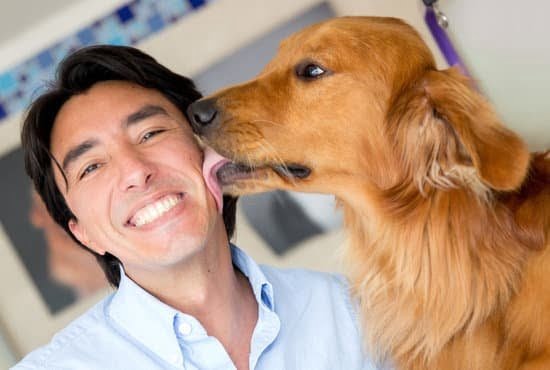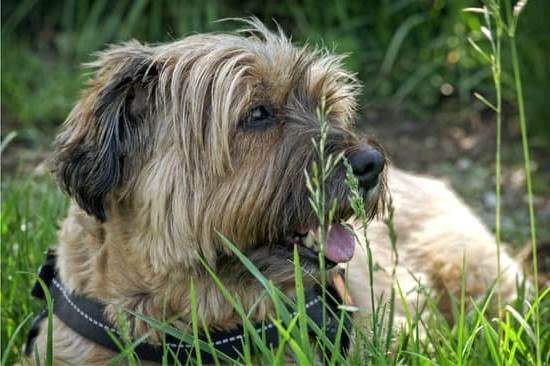Introduction
Training your dog to come when called is an essential skill that can help ensure the safety of your pet and make them well-mannered in a variety of settings. Teaching a canine to respond to your command helps to prevent unnecessary distractions that can lead to injury, such as running into traffic or barking at nearby animals. Additionally, calling your dog back when it gets distracted by its environment helps to reinforce basic obedience commands and encourages good behavior. Training a puppy or adult dog to come when called will take time and patience, but the rewards are great. Taking the time to teach this important skill will allow you and your pup to enjoy more quality time outdoors and strengthen the bond between the two of you.
Training your pup requires some preparation before getting started. First, choose a quiet place where there are few obstacles and no stimuli (such as other animals or noise) that may distract them. Make sure also that they have been adequately exercised beforehand so that they don’t get too excited or overwhelmed during training sessions. It’s also helpful if their collar is fitted with their name tag and ID information on it- just in case they do wander off outdoors one day.
Once ready, start off with using hand signals near your pup, pointing towards them in order for them to better understand what you expect of him or her; this also helps keep their attention focused on you throughout the process instead of getting easily distracted by noises from their surrounding environment. Each time you call your pet’s name use encouraging words followed by treats as rewards for coming back quickly; dogs respond best when rewarded often – though not necessarily every single time – which makes them understand an action’s expected result quicker than constant punishment would. Build up gradually over time: begin with short distances within familiar areas (e.g.: around your house, yard) then progress further away from home until eventually being able to recall them with ease even when going out for walks along busier streets or parks with other people and puppies around.
Establishing the Basics
Before you start to train your dog to respond to your call, you should ensure that they have some other commands and obedience skills down such as sit, stay and come. This will make the process easier and more successful.
Next, pick a consistent command for when you want your dog to come back; “come” is common but it can also be something like “here” or even their own name if it is short and distinct enough. Using a single command each time will help the process of teaching them in the long run.
Once you have decided on a command, bring your dog outside on a leash or lead and walk with them. Give them the command at least ten feet away from you; if they come when called, reward them with treats and verbal praise. If they don’t listen right away then show slight tension on the lead until they come close then release and reward when they get there.
Continue this training with longer distances between yourself and your pet adding in distractions like toys of other animals as well as playing games such as hide-and-seek so their recall is better in different environments. Over time they will learn that coming back to your call means being rewarded which will incentivize them to respond faster each time.
Choosing the Right Word
Choosing the right word to call your dog is an important step when training them to respond to your call. Pick a single word that you want your pup to understand and recognize as their recall command. The word should be easy for both of you, neither too long nor abstract, and clear sounding. Additionally, if you come from a multi-language home opt for something neutral that anyone can use, because consistency is key to success in training.
Once you’ve settled on the best word for your pup’s recall command, spend time every day saying it and praising them whenever they are nearby (but not actively looking for you). This helps condition them to respond more readily upon hearing the word, regardless of context or environment. Positive reinforcement is an essential element throughout the training process; reward your pup when they come when called, again making sure that everyone follows the same protocol. You could use treats or verbal praise such as “Good boy/girl!” Ultimately, this will increase their opportunity to associate good things with responding to your call, while reducing their desire or need to wander away.
Reinforcing Good Behavior
Training your dog to respond when you call them is an important part of responsible pet ownership. To ensure that your pup learns the behavior, be consistent with how you teach and make sure that each time they respond appropriately you offer positive reinforcement. Positive reinforcement does not necessarily mean giving them a treat every time; other forms of positive reinforcement can be used to help your dog retain their new found skills such as verbal praise, petting or even extra playtime. Whenever possible try to give them something meaningful for their effort, like a small treat or some extra playtime with a favorite toy. Allowing the occasional reward will increase the likelihood that they will retain the behavior in the future. Make sure that when they do respond correctly, you provide lots of verbal praise and let them know just how proud of them you are!
Repeating and Expanding
Training your pet dog to respond to your call is an important part of creating a bond with them and making them feel secure around you. An effective way to practice this is by utilizing various exercises that will reinforce their understanding of wanting to please you and answer when you call them.
One exercise for training your dog to respond when you call is to treat them with a reward each time they come back after being called. This will let the pup know that it is beneficial to listen and react immediately when they hear the sound of your voice. Use treats or their favorite toys as rewards. You can also get assistance from a dog trainer if necessary.
Another great exercise for teaching your pup how to respond to a call involves clapping your hands or using any other distinct noise command then rewarding with edible treats when they come running towards the sound source. As soon as the pup comprehends the exercise and focuses on coming, add some distance in between before giving him the reward so he understands that he should keep coming even from far away. Finally, limit usage of any verbal commands so that responding becomes more associated with the sound generated instead of verbal cues.
Monitoring Unwanted Behaviors
Training a dog to respond to your call is a vital part of pet ownership. One of the first steps to this process is monitoring the dog’s unwanted behaviors and discouraging these tendencies. To do this, owners should make sure that any type of punishment used for unwanted behaviors is appropriate for the situation and does not take away from the animal’s well-being. Never use physical punishments or harsh tones; instead, reward desired behaviors with treats or attention. Additionally, it’s important to maintain consistency in terms of when training sessions occur and what commands are being used. It’s beneficial to teach your dog multiple words at once and reward them when they correctly hear and obey one command. Training sessions should be short in duration and relatively frequent throughout the week to help reinforce appropriate behavior. If a puppy or adult dog has difficulty responding to commands, speak more loudly or move closer before repeating yourself. Finally, if your furry friend is displaying negative emotions such as fear or anxiety towards training, talk with a veterinary expert on how best to approach stressful situations as these can impede proper learning. With patience, dedication, and proper guidance, your pup will soon understand how to obey commands even from afar!
Tailoring the Environment
In order to train a dog to respond to their owner’s call, the environment around them will need to be tailored for success. This means starting off slowly in a low distraction setting, like the home and backyard. During this first phase of training, the aim is to get an consistent response from the dog when they are called by their owners. The owner should walk away from the dog with a few steps, then call them back and reward them with treats or petting when they come back. Once this has been mastered in low distraction environments, distractions can begin to be added – for example family members running about or other animals in the vicinity – gradually increasing difficulty as time goes on. Allowing a dog time to practise in different settings is key; if they have been successfully trained in quieter settings and then put into bigger ones such as parks, it is important that they understand that their behavior is still expected of them no matter how much noise or commotion there is (although it may take more rewarding). Through repetition and rewards, eventually dogs should be able to respond reliably regardless of where they are with their owners.
Going All Out
When it comes to commanding a dog from a distance, there are many effective strategies that should be taken into account. Firstly, you need to ensure that your dog is reliably responding to basic commands such as “sit,” “stay,” and “come” before attempting to increase the distance between you and your pet. Also, it is important to reward your dog for each success with verbal praise and even treats. Once your pup shows reliable obedience of basic commands at shorter distances, you can begin teaching them command phrases such as “Come Here!” It can be helpful to practice outdoors in different environments with varying amounts of distractions to prove your dog will obey you regardless of the situation they are in. You should also introduce new commands that ask your pup come from further away and naturally increase the distance when practicing these callbacks every time. Creating multiple scenarios where approaching a person or an object can give extra motivation for them to return when called. Lastly, have patience! Training takes repetition and mornings are typically the best times for training sessions due to most pups having excess energy after a good night’s rest. Be sure to keep training sessions short and enjoyable in order for your pup to retain their enthusiasm towards learning new skills. If properly implemented, these strategies can help owners confidently command their dogs from much greater distances than ever before!
Frequently Made Mistakes
Training a dog to come when called can be one of the most difficult yet important commands to teach. When teaching this command, it is important to remember that consistency, patience, and positive reinforcement are key. As with any type of training, there are some mistakes you should avoid in order to ensure your pup understands their job.
One common mistake owners make when attempting to train their dog response when called is calling the pup from too far away. It’s tempting to call Fido from far away, as this lets owners be lazy about walking their dog. However, for a puppy or new pup, this is setting them up for failure because it will take them too long to respond. If you must call them from further than ten feet away, start at less and gradually increase over time until you get the desired result.
Another common mistake made during response training is becoming impatient. Any type of pet training takes dedication and hard work; begging your pooch to come won’t motivate them! Instead, remain patient and use positive reinforcements such as verbal compliments or treats when they obey your command so they know exactly what they’re getting praised for doing right.
Finally, many owners make the mistake of using more negative tactics than positive ones while trying to train their pup to respond when called. This can range from irritatingly loud whistles sounding each time they fail the test or physical punishment in some cases which only causes fear and confusion in the animal rather than enticing obedience. Remember that positive reinforcement incentivizes cooperation much better than any sort of negative feedback; if you stay patient and consistent with compliments—or even just an occasional treat—you’ll be sure to get better results much quicker!
Summary
Training your dog to come when called is an important command for a dog to learn. It will help keep your dog safe when outside and can ensure that your furry friend is always where they should be. To effectively train your pup, you should start by providing rewards and positive reinforcement each time they respond adequately. Make sure to repeat the exercise multiple times and in different settings so your pup knows that coming when called means treats every time! Additionally, it may be helpful to practice off-leash recall training with a long line: allow your pup some freedom but give yourself enough control in case things go wrong or if you need extra encouragement for them to obey. Lastly, it is important to practice safety first whenever working with your pet outdoors. Ensure other animals are away before starting, and make sure there are no possible distractions or triggers that could derail their training sessions. With consistent effort and plenty of treats, you should be successful in training your pooch!

Welcome to the blog! I am a professional dog trainer and have been working with dogs for many years. In this blog, I will be discussing various topics related to dog training, including tips, tricks, and advice. I hope you find this information helpful and informative. Thanks for reading!





